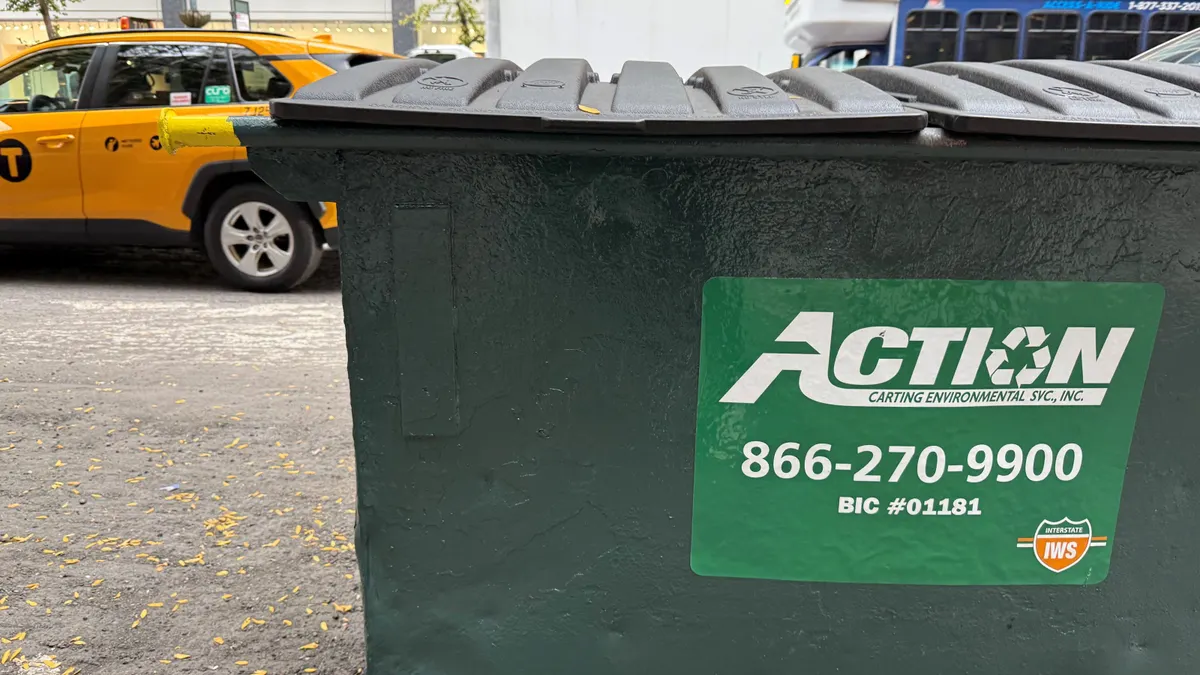Dive Brief:
- Oregon State University (OSU) has been hit with multiple federal hazardous waste violations, drumming up $275,000 in penalties for failure to properly identify, manage, and store almost 2,000 containers at the Corvallis campus that held flammable liquids, acids, and other toxic chemicals. Further federal charges are that OSU had no permit to manage or store the wastes.
- The U.S. Environmental Protection Agency (EPA) said in a press release that the potential for harm to students and faculty was "substantial" should there have been a release, fire, or explosion at any of the nearby locations housing the waste. The agency added that failure to identify associated risks also threatened contractors who transport, treat, and dispose of the materials.
- Moving forward, the university will provide training for its personnel on how to appropriately identify hazardous waste.
Dive Insight:
When hazardous wastes are not accurately identified, multiple dangerous possibilities arise. If handlers are not alerted to know how to manage it, especially at a college campus like OSU with 25,000 students and 4,700 full-time employees, the risk for harm could be far reaching — even beyond the institution’s grounds.
For instance if there were a spill, transporters or responders — who do not know what they are dealing with — could be at serious risk. The materials pose a threat to landfill operators should the waste end up at their worksite, and if it moves on for incineration there could be an explosion or fire.
The EPA has recently amped up its hazardous waste focus, pushing new rules to require safeguards to protect the public from mismanaged materials.
Speaking of the university incident, EPA said in its press release, "If OSU had identified its hazardous wastes at the point of generation as required by [the Resource Conservation and Recovery Act] RCRA, the wastes could have been safely managed, and this potential for harm could have been significantly decreased."




